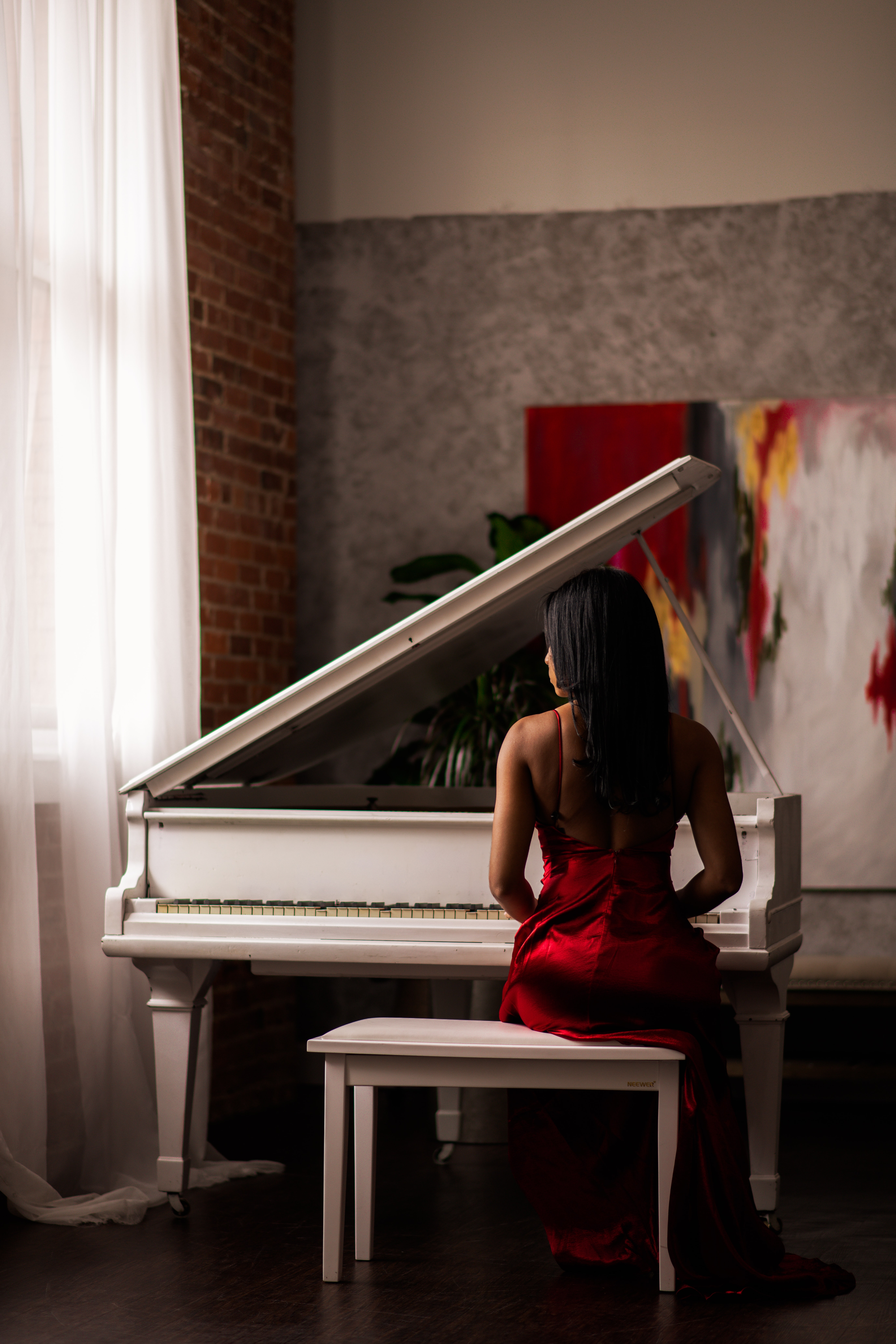Humidity Control
Pianos are mostly made of wood, which swells and contracts as it interacts with seasonal changes in humidity. These humidity swings can have disastrous short and long term effects on your piano, and is the number one reason a piano goes out of tune.
Installing The Piano Life Saver System by Dampp-Chaser, the industry leader in climate control, is the best investment you can make to protect your piano and help keep it in tune. Brisson Piano Service guarantees satisfaction with all Dampp-Chaser product installations and maintenance services.
For more information, please go to the Dampp-Chaser and Piano Life Saver websites.
Please contact us for installation or service.

Frequently Asked Questions
Climate Control is keeping the relative humidity (RH) in your piano at a safe and consistent level. Pianos made for the American market were designed for a range of 40-50% RH.
RH is a ratio, expressed as a percentage, that represents the amount of moisture in the air and the maximum amount of moisture that air could retain at that temperature. 100% RH means that the air is fully saturated with water vapor. Warm air is capable of containing more water vapor than cold air. When the temperature drops far enough, the cold air will shed its excess moisture as a liquid, hence why condensation appears on a colder object in a warmer environment, like a glass of ice water on a warm day.
The ideal conditions for storing a piano are 68 degrees F / RH 42%. Maintaining a safe level around 42% RH helps to keep your piano’s tuning stable and protect it from damage caused by excessive dry or humid air.
When wood absorbs moisture from the atmosphere, it swells. The opposite is true, when wood dries out, it shrinks or compresses. This swelling and contracting occurs most noticeably with larger seasonal swings in temperature and humidity. These atmospheric changes affect the piano's wooden soundboard and pinblock, altering the string tension, and thus causing the piano to go out of tune.
The piano’s action is made up of roughly 9,000+ individual parts, composed mostly of wood, felt, buckskin and metal. These parts are prone to atmospheric changes, just like the wooden soundboard and pin block that affect tuning stability. These parts will swell as they absorb moisture with high relative humidity (RH) and shrink as they lose moisture with lower RH conditions.
This swelling and contracting can cause screws in the action to loosen over time and allow parts to shift out of alignment. Low moisture can affect the action pinning, causing a loss in power and “clicking” noises coming from the action. This also leads to excessive wear on the hammers and other action parts. High moisture will swell and soften leather and felt, directly affecting the regulation and overall feel of the keyboard, creating a more dull tone while playing.
Storing your piano in too dry or too humid an environment can ruin a fine instrument. Soundboards can crack or develop pressure ridges, which can produce unwanted buzzes or loss in crown, translating to a loss in power and tone. Glue joint failure at the ribs and bridges may also occur. High humidity will cause metal to oxidize and form rust on the strings, leading to broken strings and a loss in tone. These are costly repairs and sometimes require full rebuilding to replace the soundboard and other damaged parts.
- Verticals: On an interior wall, far away from windows, direct sunlight, fireplaces, heating, and cooling vents as possible.
- Grands: Do not place in direct sunlight and next to heating and cooling sources. For grands, also consider the visual aesthetics and acoustic effects of the open lid when placing it in a room.
Do not store pianos in non-climate controlled environments for any considerable period of time, like a hot or cold garage. Do not store a piano in a room where windows and doors are frequently opened for long periods of time.